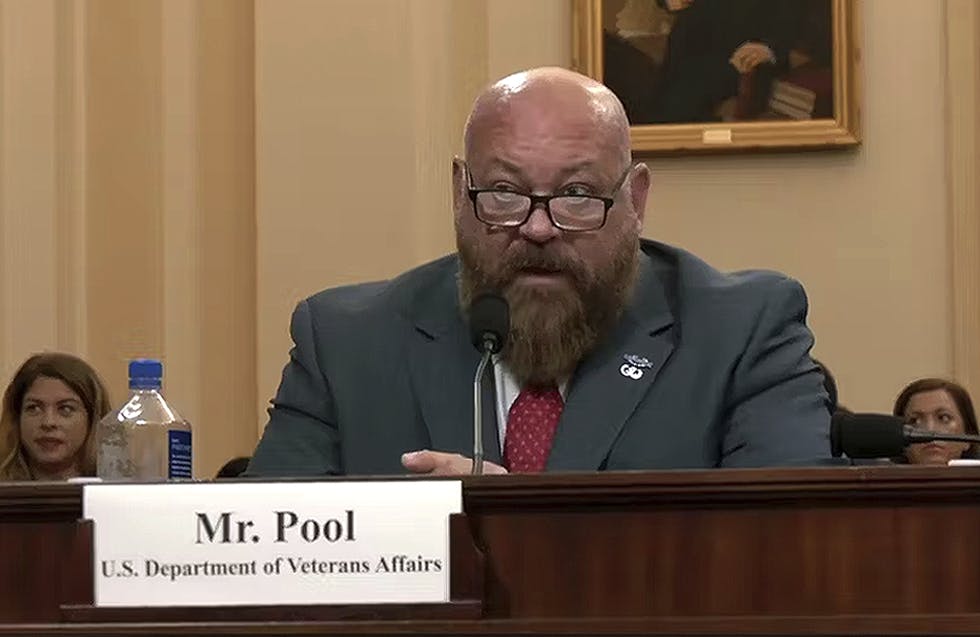CBP’s Digital Identity Plan Hones in on Advanced Biometrics Tech
The agency is testing biometrics and AI technology to speed up traveler experiences and processing times at points of entry.

Customs and Border Protection (CBP) is testing new biometric technology to boost digital experiences at border crossings, CBP Acting Executive Assistant Commissioner of Field Operations Diane Sabatino said Wednesday at Identity Week America in Washington, D.C.
“We had a vendor technical demonstration at the Mariposa Port of Entry in Nogales, Arizona, to test various biometric solutions for our vehicle lanes, and we’re planning a vendor technical demonstration at a northern border port of entry by the end of the year,” said Sabatino. “Government and industry really need to be partnered together to adhere to a set of standards in order to achieve [mission] goals.”
The agency envisions a seamless border entry concept comprising continuous and touchless experiences for global entry members at checkpoints around the country, she said. The improvements would speed up processing for both travelers and staff.
The technology uses on-the-move photo capture and biometrics to verify travelers’ identities. On-the-move photo capture would take photos of travelers as they pass through various entry points like those at airports. If cleared, travelers could board or exit a plane at an airport without even speaking with a CBP officer, which ensures integrity in the process while saving everyone time.
“We really have to ensure that our frontline personnel have the best tools available to be successful at the work that they’re doing,” added Sabatino. “The bottom line is we need to prevent bad people and bad things from entering the country.”
Biometrics Modernization With AI
Biometrics in identity verification is not a new concept. CBP has been using the technology since 2001 and has used it to process more than 585 million travelers since. Since 9/11, CBP agents have identified over 2,000 imposters with this technology.
“We started [this process] frankly over two decades ago and we’re really looking toward the future,” said Sabatino. “By leveraging today’s technologies and tools, we can really continue to build on the work we initiated in the early days, ensuring our operations are not just efficient, but secure.”
The agency is looking at emerging technology like artificial intelligence and machine learning to improve biometrics capabilities, identify anomalies more quickly and support decision-making. Still, Sabatino assured there will always be a human in the loop to make the final decisions.
“Our frontline personnel are always the final decision-makers in the process, with that human in the loop, architecture and all of our actions and efforts tied back to securing our borders, interdicting contraband, facilitating lawful travel and trade, and managing microflows (application workflows),” said Sabatino.
This is a carousel with manually rotating slides. Use Next and Previous buttons to navigate or jump to a slide with the slide dots
-

How Federal Leaders See AI as a Catalyst for their Mission
Federal agencies are strategically integrating AI to reduce administrative burden and improve critical services for mission delivery.
5m read -

RAG Could Unlock AI’s Human Potential in Government
RAG is a technique that combines personal expertise with AI to streamline tools, boost collaboration and gain actionable insights.
6m read -

VA Acting CIO Focuses Tech Strategy on 'Cyber Dominance'
VA OIT is restructuring its workforce, revamping risk management and modernizing tech acquisition to deliver secure, efficient services.
4m read -

Modernizing IT Systems for AI Adoption
USPS, NIH and Lumen discuss how modernization, data strategies and security are shaping AI’s future role in government.
32m watch








